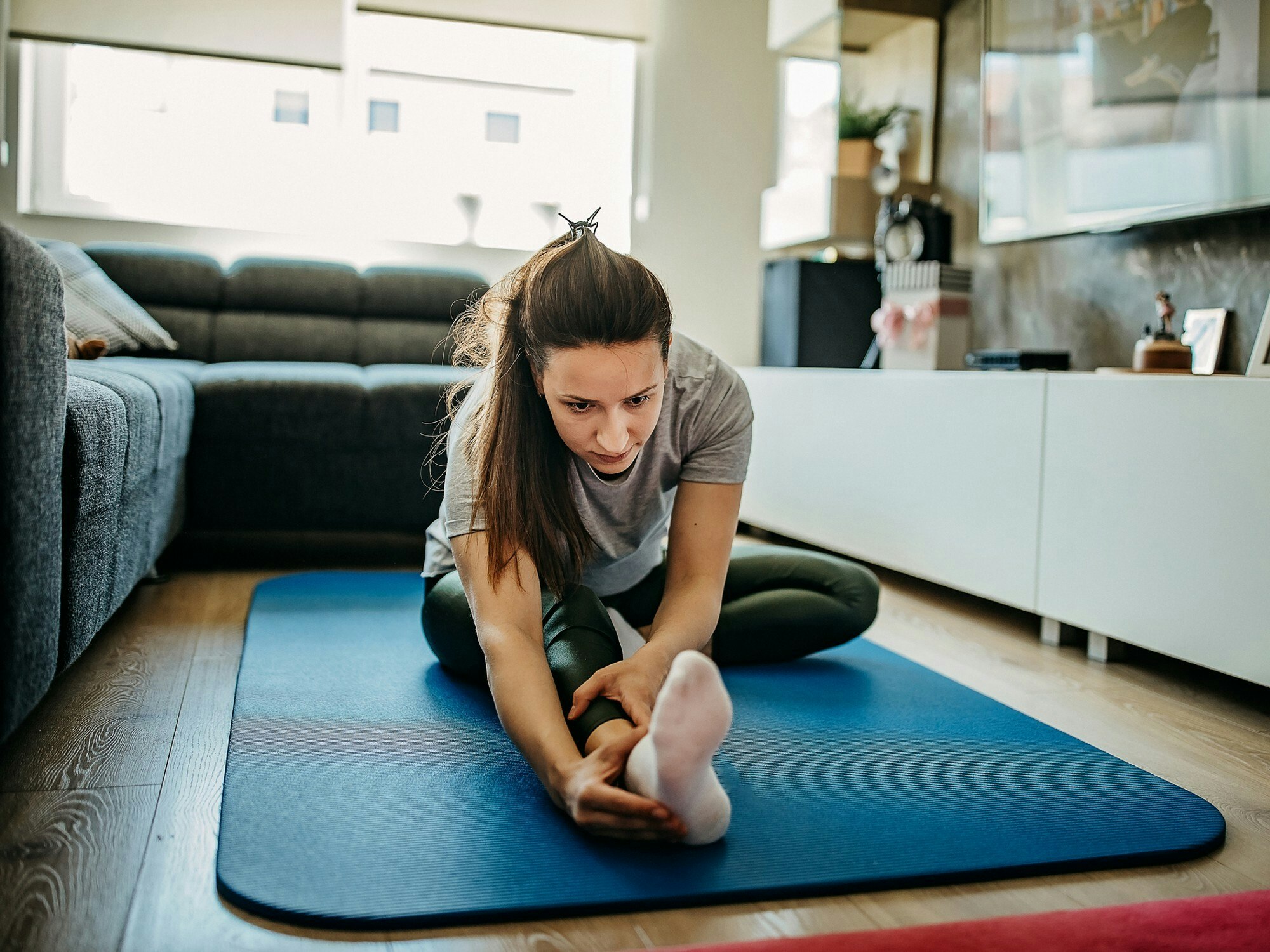Winter exercise ideas that beat the cold
Last updated

Staying active during winter is an important part of staying healthy as physical activity keeps your body functioning as well as possible.
Key points
- Exercising is just as important during winter as it is in summer
- You can still exercise outside at certain times, but there are plenty of inside options as well
- Join a group or meet with a friend to give you the motivation to exercise
Don’t let the cold weather put you off getting your heart rate up!
Here are some suggestions for winter workouts so you can make sure you are fitting in enough exercise.
Indoor activities
Gyms are the most obvious indoor exercise choice and there is a wide range of options for gym memberships out there – everything from 24/7 facilities you can go to at any time to classes run at the same time each week.
Activities in the gym can be individual workouts that leave you sweating or a gentle walk on the treadmill, a relaxing, hot or seated yoga class or a fast spin class.
Some gyms will be more accessible than others and it is worth asking whether they will be accessible for you before you sign up. For example, you might need to ask about whether loud music will be playing, how bright the gym lighting is or whether they have an accessible toilet and change room.
Gym-type exercise routines can also be done at home if you are able to find your own equipment.
You will need to be careful if you exercise at home though, as there won’t be any instructors to make sure you are doing the work out correctly and safely. For example, if you lift a weight the wrong way it can cause injury.
A heated indoor swimming pool is a great winter location for exercise as it is available regardless of the weather.
You can book a time slot and space in the pool to swim laps, or to do some simple underwater exercises.
If you’re looking for more instruction in the pool while you exercise you could join a swimming club or attend aqua aerobics sessions with an instructor.
Some pools have hoists, lifts or ramps to help people access the water and some offer classes specifically for people with disability.
For a more competitive form of exercise, you can explore the indoor sport options in your area – think basketball, volleyball, badminton, squash, martial arts, gymnastics, dancing, wheelchair rugby and indoor adaptations of sports like netball.
Mainstream sporting clubs can be very inclusive if you work with the club – usually run by volunteers – to make the environment suit you.
There are also Special Olympics programs for people with intellectual and developmental disability and adaptive sports programs for people who are blind or vision impaired or use wheelchairs, prosthetic limbs or mobility aids.
The traditional winter sport of ice skating is another indoor option and most States in Australia have accessible ice skating rinks that can be used with a wheelchair or frame, although it might still be cold inside.
Outdoor activities
Outdoor activities can sometimes be done undercover in winter, for example, some lawn bowls clubs have installed a roof over their green.
Being undercover allows you to stay dry if it’s raining and play no matter what the forecast is, you might still have to rug up against the colder weather though.
If you are going to brave the cold and potentially wet weather you can of course go for a brisk walk, run or ride, but it is best to dress to stay dry with a good rain jacket as this will help you to stay warm and avoid the risk of injury from cold muscles.
You could also play an outdoor winter sport like soccer, Aussie football or outdoor netball, or an adaptive winter sport such as skiing.
Keep in mind outdoor sports in wet weather can become more dangerous with slippery surfaces that may make it more difficult for you, particularly if you experience mobility or balance problems.
If the weather does catch you out make sure you get dry and warm as quickly as possible to stay healthy.
Motivation
The best way to get the motivation you need to exercise is to get other people involved.
If you join an exercise class or sporting club this is done for you as there will always be other people exercising with you.
If that’s not your preferred choice, ask a friend, family member or neighbour if they would like to be your exercise buddy and plan when and where you will get together to exercise.
You could also look for a local running or exercise group online and on social media to join up with.
What other suggestions do you have for exercising in winter? Tell us in the comments below.
Related content:
Staying fit and active with a disability
(Wheel)chair exercises
Recreation, sport and the NDIS